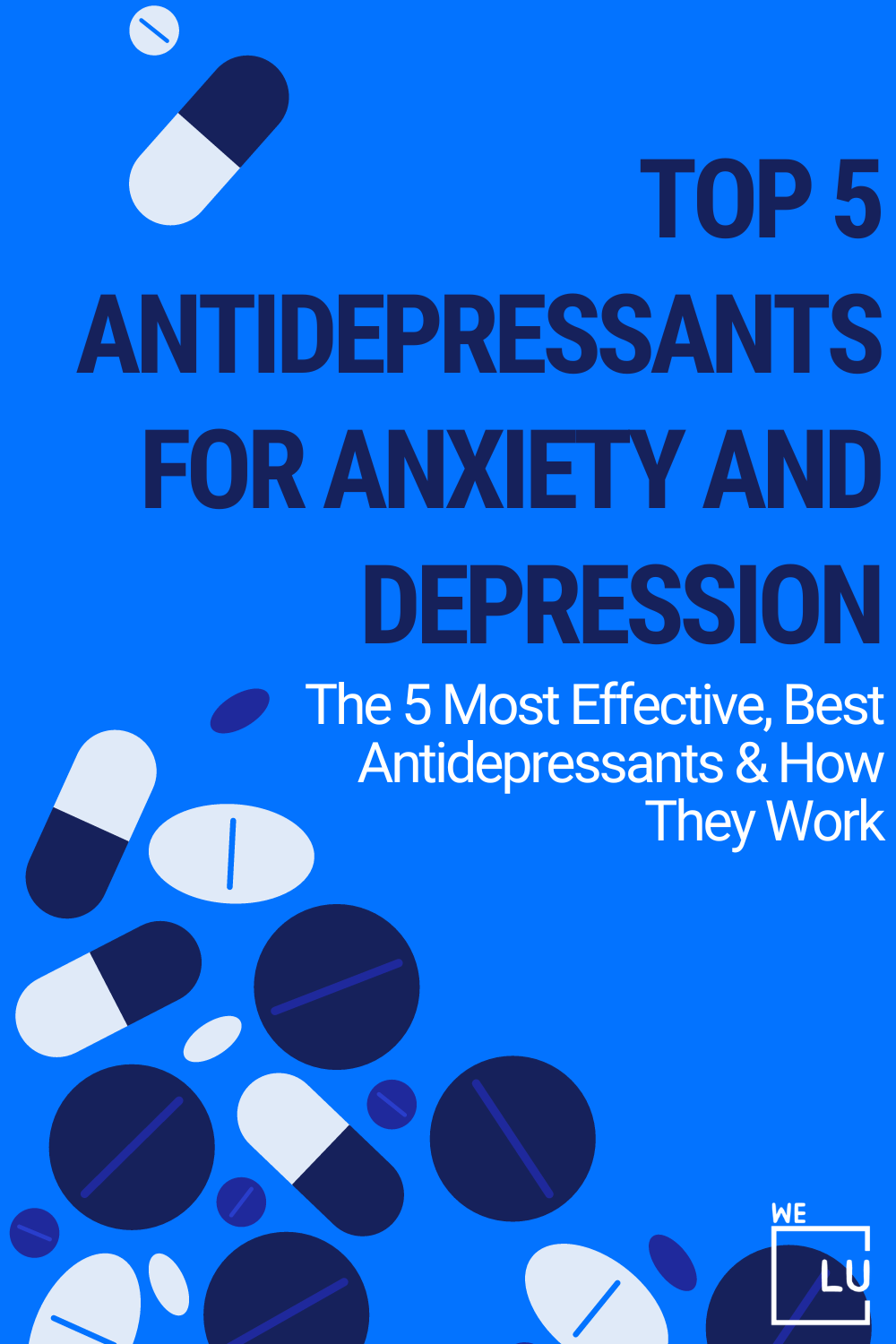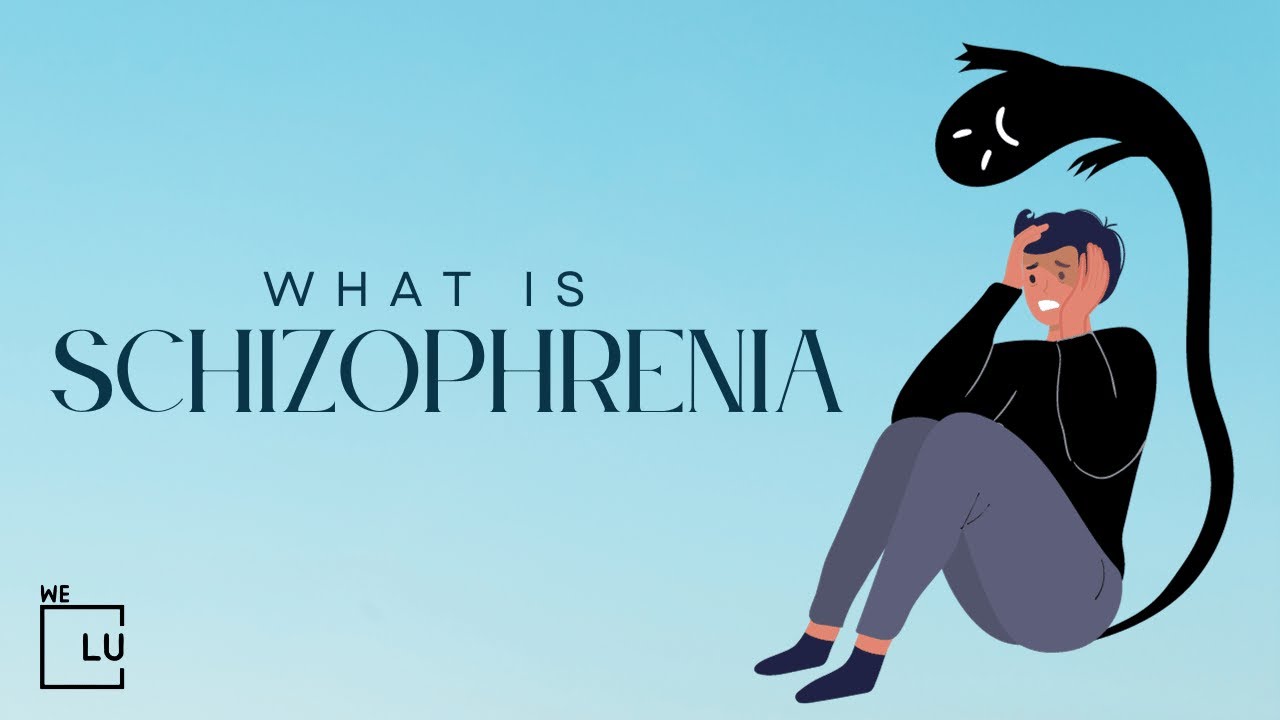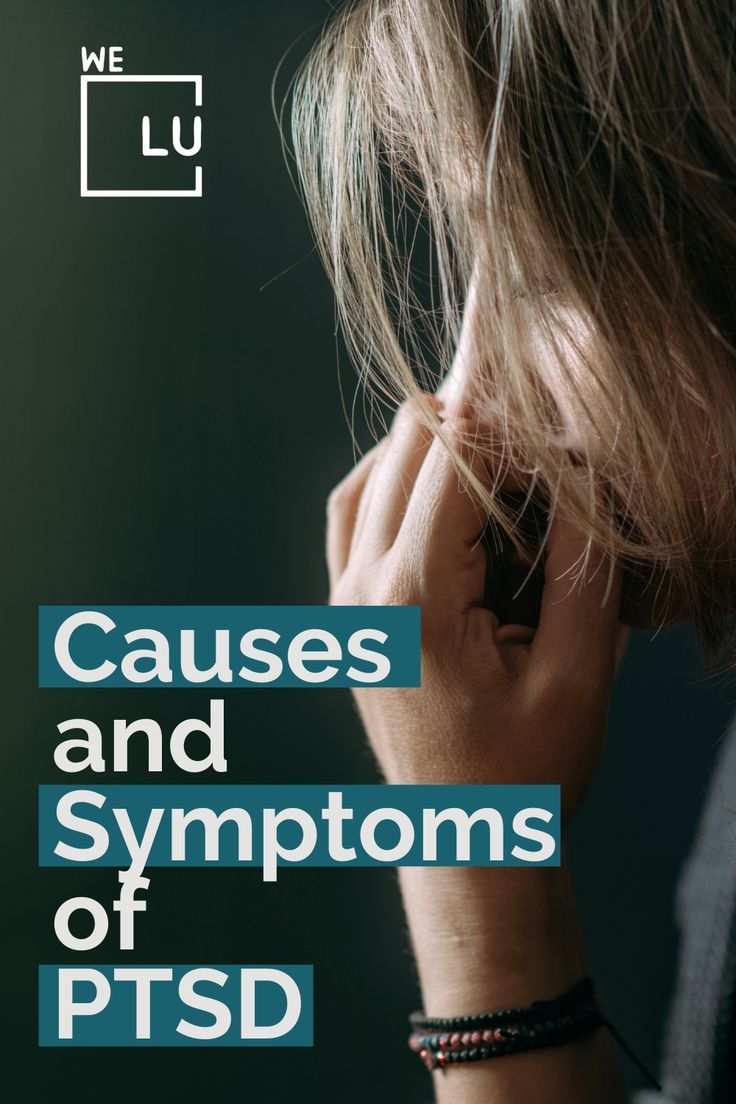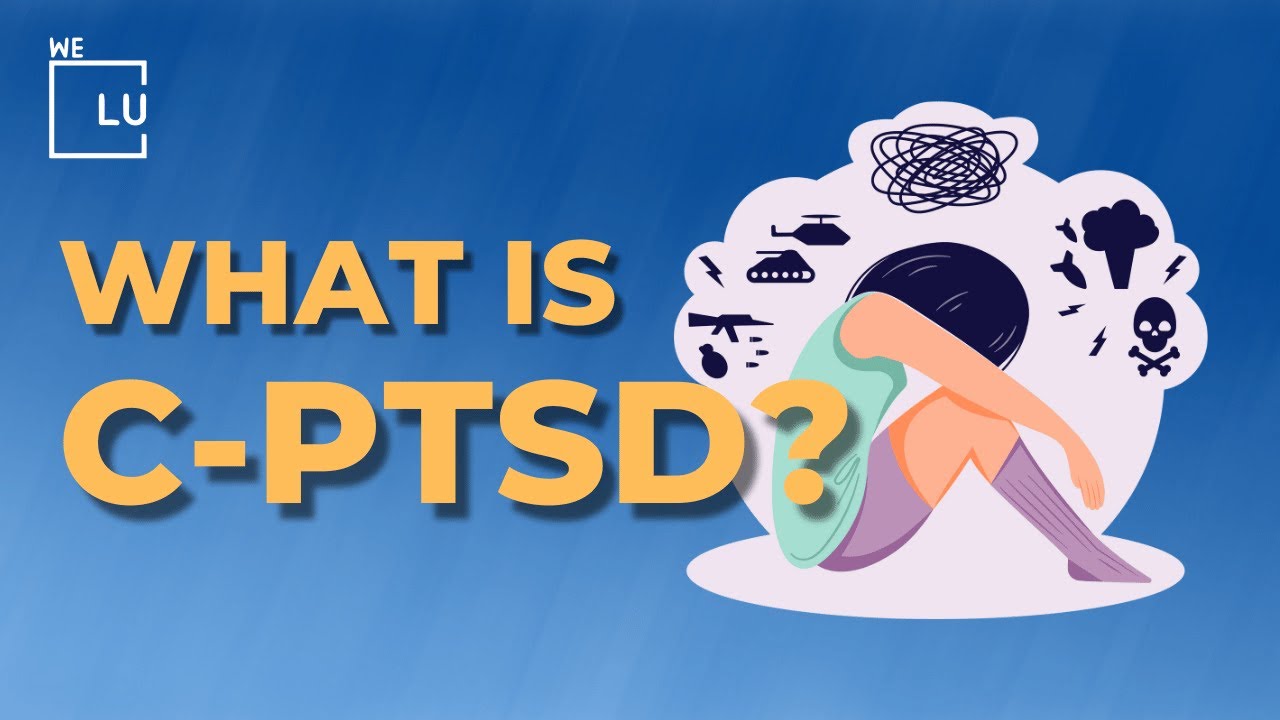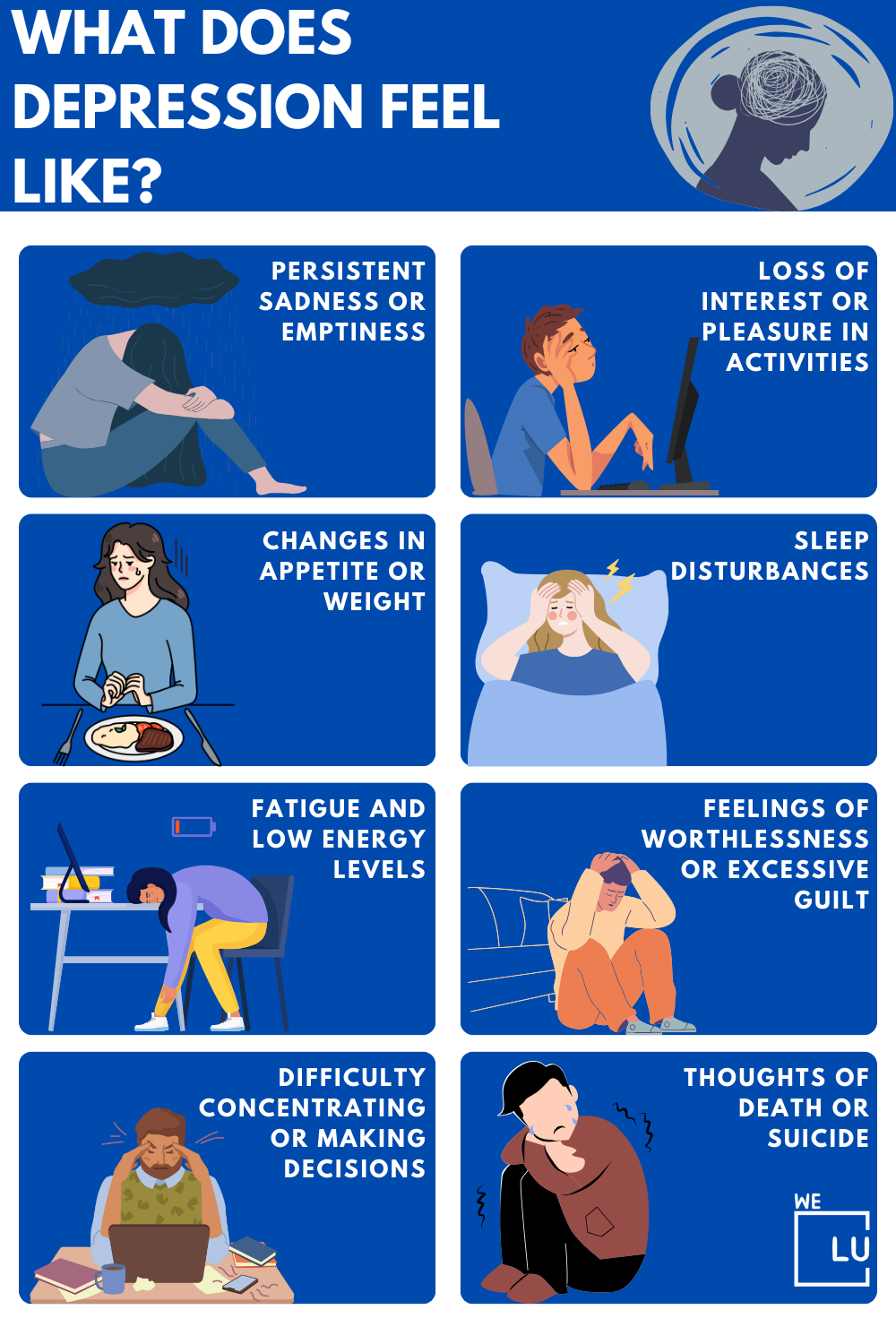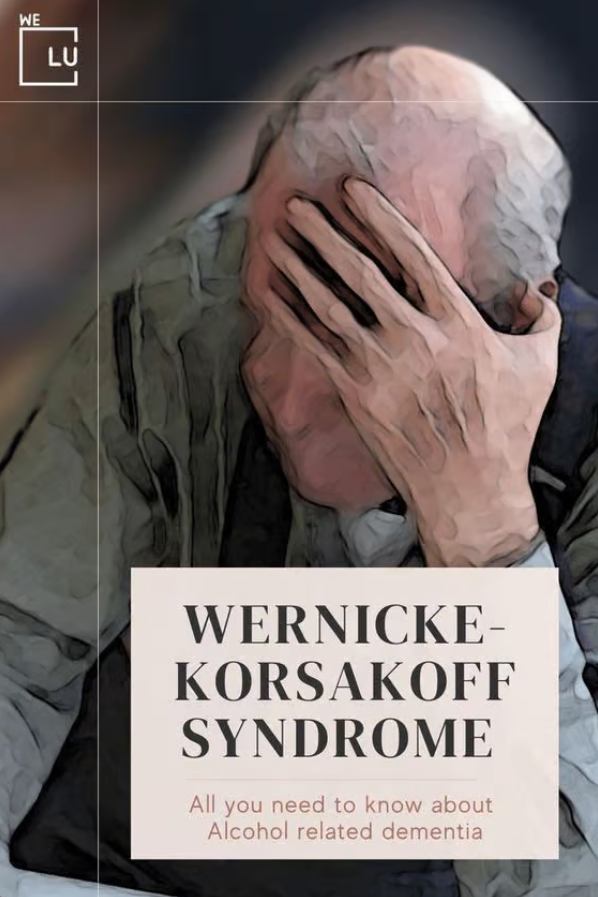What is the Link Between Menopause and Anxiety?
Menopause is the cessation of periods for 12 consecutive months. Preceding the final menstrual period is perimenopause, a phase marked by various physical changes in the body, including anxiety symptoms. During perimenopause or menopause, many women face sleep issues. Not getting enough sleep can worsen symptoms like irritability, difficulty concentrating, and heightened anxiety. If someone experiences intense or frequent anxiety or panic attacks at this time, it’s crucial to seek help from a medical professional.
Can Menopause Cause Anxiety?
Menopause can lead to anxiety due to hormonal changes and a significant decrease in estrogen levels. Estrogen helps regulate mood-related neurotransmitters like serotonin and norepinephrine. As estrogen levels fluctuate and decline, it can affect the balance of these neurotransmitters, contributing to anxiety in many women.
Besides hormonal changes, other factors associated with menopause, like sleep problems affecting 40-50% of individuals, can worsen anxiety. Poor sleep or insomnia can create a cycle where anxiety disrupts sleep, and insufficient sleep makes anxiety worse.
Moreover, significant life changes during menopause, such as children leaving home or approaching menopause itself, may also trigger anxiety in some individuals.
A 2020 study in Brazil found that 58% of women aged 45–55 experiencing perimenopause had anxiety, and 62% had depression. However, a more extensive 2016 study in China showed lower rates, with around 13% experiencing anxiety and 26% experiencing depression among women aged 45–60.
Menopause Anxiety Treatment
You don’t have to endure ongoing feelings of anxiety, stress, and depression during menopause. If negative feelings persist for over two weeks or impact your daily life, seeking medical help is essential.
Inform your doctor if you experience any of these symptoms of anxiety:
- Increased irritability.
- Mood swings.
- Persistent feelings of worry or dread.
- Difficulty concentrating.
- Memory problems or brain fog.
- Sleep disturbances, such as insomnia.
- Fatigue.
- Racing heart or palpitations.
- Muscle tension.
- Chest discomfort
- Hot flashes.
- Night sweats.
Individual experiences may vary, and consulting with a healthcare professional is recommended for a personalized assessment and guidance.
In addition to adopting a healthy lifestyle, including a balanced diet, sufficient sleep, and regular exercise, Medical experts suggest several critical treatments for managing menopause-related anxiety and depression:
Antidepressants for Menopause Anxiety
If you have a history of mood disorders, your doctor may prescribe a medication that has previously been effective for you. Generally, prescription treatments may involve:
- Selective serotonin reuptake inhibitors (SSRIs) and selective norepinephrine reuptake inhibitors (SNRIs) may assist in alleviating menopause symptoms like hot flashes or increased pain.
- Other antidepressants, such as bupropion, are known for their lower likelihood of causing weight gain.
CBT for Menopause Anxiety
Cognitive behavioral therapy (CBT) is a helpful approach for women dealing with anxiety and menopause. It focuses on both thoughts and behaviors that contribute to distress. CBT assists in recognizing and changing negative thought patterns related to menopause, promoting healthier perceptions and coping strategies.
- Specifically tailored to menopausal anxiety, CBT addresses concerns like sleep issues, hot flashes, and mood swings.
- CBT provides practical tools for managing stress, improving sleep, and handling the emotional challenges of menopause.
- By empowering individuals to adjust unhelpful thoughts and adopt positive behaviors, CBT proves to be an effective and evidence-based method for easing anxiety during the menopausal transition.
Hormone Replacement Therapy (HRT)
HRT is a potential option for addressing menopausal anxiety by restoring hormonal balance. Typically involving the administration of estrogen, either alone or in combination with progesterone, HRT aims to alleviate menopausal symptoms, including mood disturbances. While HRT can effectively reduce anxiety and other emotional symptoms for some women, it is essential to consult with a healthcare professional to weigh the potential benefits and risks, as individual responses to hormone therapy may vary.

Skip To:
Learn More:
- ADHD and Anxiety, Understanding the Link and How To Cope
- What’s the Difference Between Stress and Anxiety?
- Alcohol and Anxiety (Hangxiety) Causes, Risks, and Treatment
- Learn the Different Types of Anxiety. 6 Types of Anxiety Disorders. Symptoms and Medications for the Different Types of Anxiety.
- Can Birth Control Cause Depression? Understanding the Link
- Guide to the Postpartum Anxiety Symptoms, Causes, Diagnosis, and Treatment
- Anxiety Disorder Treatment, Types, Causes, and Symptoms
- How to Deal With Crippling Anxiety? Crippling Anxiety Symptoms, Causes, and Treatment
- Common Anxiety Medications, Types of Medication for Anxiety, and Side Effects
- High Functioning Anxiety Symptoms, Causes, and Treatment
We Level Up FL Mental Health Treatment Center Tips To Cope with Menopause and Anxiety
✅ To manage menopause and anxiety, prioritize self-care by getting enough sleep, eating a balanced diet, and staying active through regular exercise.
✅ Seeking support from friends, family, or a healthcare professional can provide valuable emotional assistance during this transitional phase.
✅ Exploring relaxation techniques such as deep breathing or meditation can contribute to a sense of calm and help alleviate anxiety symptoms.
Get menopause anxiety counseling that works. Discover professional help from We Level Up Florida’s mental health therapists. Start getting support with a free call to our mental health hotline.
Get Help. Get Better. Get Your Life Back.
Searching for Accredited Dual Diagnosis Mental Health Centers Near You?
Even if therapy failed previously, or are in the middle of a difficult crisis, we stand ready to support you. Our trusted behavioral health specialists will not give up on you. When you feel ready or just want someone to speak to about counseling alternatives to change your life call us. Even if we cannot assist you, we will lead you to wherever you can get support. There is no obligation. Call our hotline today.
FREE 24/7 Dual Diagnosis Mental Health Services Hotline
Lifestyle Tips to Overcome Menopause Anxiety
Making lifestyle changes during menopause is crucial to prevent anxiety and manage physical symptoms. This phase involves hormonal fluctuations and physiological adjustments, requiring a holistic well-being approach.
Understanding the connection between lifestyle and menopausal experiences is essential for navigating this transitional period with a focus on comprehensive health.
Here are the coping tips that can help you with menopause anxiety symptoms:
- Regular Exercise: Engage in regular physical activity to help manage stress and improve mood. Activities like walking, jogging, or yoga can be beneficial.
- Balanced Diet: Maintain a healthy and balanced diet emphasizing fruits, vegetables, whole grains, and lean proteins. Nutrient-rich foods can positively impact mood and overall well-being.
- Adequate Sleep: Prioritize good sleep hygiene by establishing a consistent sleep routine and creating a comfortable sleep environment. Quality sleep is crucial for emotional health.
- Stress Management Techniques: Learn and practice stress-reducing techniques such as deep breathing, meditation, or mindfulness to cope with the challenges of menopausal anxiety.
- Social Support: Stay connected with friends and family for emotional support. Talking about your experiences can provide relief and foster a sense of community.
- Limit Caffeine and Alcohol: Reduce intake of caffeine and alcohol, as they can contribute to anxiety and disrupt sleep patterns.
- Stay Hydrated: Drink adequate daily water to support overall health and well-being.
- Mind-Body Practices: Explore mind-body practices like tai chi or progressive muscle relaxation to promote relaxation and reduce anxiety.
- Limit Sugar and Processed Foods: Minimize the consumption of sugary and processed foods, as they can impact mood and energy levels.
- Regular Medical Check-ups: Schedule regular check-ups with a healthcare provider to monitor hormonal changes and discuss potential interventions, including hormone replacement therapy, if necessary.
Remember, individual responses vary, and it’s essential to consult with a healthcare professional to determine the most suitable lifestyle strategies for managing menopausal anxiety.
During menopause, prioritizing self-care is critical to avoiding anxiety. Do you have questions about managing anxiety menopause symptoms or treatment in general? Call our helpline 24/7.

End the Emotional Pain. Get Your Life Back.
Feeling Depressed, Anxious or Struggling with Mental Health Illness? Get Safe Comfortable Mental Health Dual Diagnosis High-Quality Therapy From Counselors That Care. Begin Your Recovery Now.
Hotline (855) 940-6125Dealing With Menopause and Panic Attacks
During menopause, some individuals may experience sudden and intense panic attacks, catching them off guard with overwhelming feelings of anxiety and stress. Hormonal changes and physiological shifts in menopause contribute to heightened emotional responses, triggering these episodes. Recognizing the link between menopause and panic attacks is vital for those going through this phase, enabling them to use informed strategies to manage and ease the impact of these intense anxiety episodes.
Here are the common symptoms of panic attacks:
- Sudden intense anxiety.
- Rapid heart rate.
- Shortness of breath.
- Feeling overwhelmed.
- Sense of impending doom.
Medication and Therapy for Menopause and Panic Attacks
Medication and therapy are commonly employed strategies to address menopause-related panic attacks. In terms of medication, healthcare providers may prescribe antianxiety medications or antidepressants to alleviate the intensity and frequency of panic attacks. These medications, such as selective serotonin reuptake inhibitors (SSRIs) or benzodiazepines, aim to stabilize mood and reduce anxiety symptoms. However, individuals must consult their healthcare professionals to determine the most suitable medication based on their unique circumstances and medical history.
Medication and therapy are commonly employed strategies to address menopause-related panic attacks. In terms of medication, healthcare providers may prescribe antianxiety medications or antidepressants to alleviate the intensity and frequency of panic attacks.
These medications, such as selective serotonin reuptake inhibitors (SSRIs) or benzodiazepines, aim to stabilize mood and reduce anxiety symptoms. However, individuals must consult their healthcare professionals to determine the most suitable medication based on their unique circumstances and medical history.
Therapy, particularly cognitive behavioral therapy (CBT), is a practical, non-pharmacological approach for managing panic attacks during menopause. CBT focuses on identifying and restructuring negative thought patterns that contribute to anxiety. It equips individuals with applicable coping mechanisms and tools to navigate and reduce the impact of panic attacks. Through regular sessions with a trained therapist, individuals can gain a better understanding of their triggers and develop skills to manage anxiety more effectively.
The combination of medication and therapy provides a comprehensive and personalized approach to addressing menopause-related panic attacks, offering individuals both immediate relief and long-term coping strategies.

Home Remedies for Menopause and Panic Attacks
Can menopause cause anxiety and heart palpitations? Yes. Menopausal symptoms like hot flashes, sleep issues, and mood swings add to emotional distress and can cause anxiety and panic attacks. Panic attacks during menopause can be triggered by a mix of hormonal changes and the emotional complexities of this life stage, causing sudden, intense fear and physical symptoms.
Therapeutic approaches can effectively address anxiety and lessen the impact of panic attacks during menopause. Here are the coping strategies for menopause and anxiety attacks:
- Deep Breathing Exercises: Practice deep, slow breaths to help manage anxiety and promote relaxation.
- Regular Exercise: Engage in regular physical activity, such as walking, yoga, or swimming, to reduce stress and improve mood.
- Healthy Diet: Adopt a balanced diet rich in fruits, vegetables, whole grains, and lean proteins to support overall well-being.
- Adequate Sleep: Establish a consistent sleep routine and create a comfortable sleep environment to promote better sleep quality.
- Herbal Teas: Some herbal teas, like chamomile or peppermint, may have calming effects and aid in relaxation.
- Mindfulness Meditation: Practice mindfulness techniques to stay present and manage stress during moments of anxiety.
- Warm Baths: A warm bath can help relax muscles and provide a soothing experience.
- Hydration: Stay well-hydrated by drinking enough water throughout the day, as dehydration can contribute to stress.
- Limit Caffeine and Alcohol: Reduce intake of caffeine and alcohol, as they can exacerbate anxiety and disrupt sleep.
- Supportive Social Connections: Maintain solid social connections with friends and family to provide emotional support during challenging times.
- Acupuncture: Some individuals find relief from menopausal symptoms, including anxiety, through acupuncture.
- Yoga and Tai Chi: Incorporate gentle exercises like yoga or tai chi, known for promoting relaxation and reducing stress.
- Aromatherapy: Certain scents, like lavender or bergamot, may have calming effects when used in aromatherapy.
- Hormone-balancing Foods: Include foods rich in omega-3 fatty acids, vitamin D, and antioxidants to support hormonal balance.
- Journaling: Keep a journal to express thoughts and feelings, providing an outlet for emotional release and self-reflection.
While these home remedies may offer relief for some, consulting with a healthcare professional is essential for personalized guidance and to rule out any underlying medical conditions.
First-class Facilities & Amenities
World-class High-Quality Mental Health Services & Behavioral Health Substance Abuse Treatment
Rehab Centers TourRenowned Mental Health Centers. Serene Private Facilities. Inpatient Rehab Programs Vary.
Mental Health Helpline (855) 940-6125Proven recovery success experience, backed by a Team w/ History of:
15+
Years of Unified Experience
100s
5-Star Reviews Across Our Centers
10K
Recovery Successes
- Comprehensive Dual-Diagnosis Treatment
- Complimentary Family & Alumni Programs
- Coaching, Recovery & Development Events
- Comfortable Onsite Medical Detox Center
Anxiety Treatment at We Level Up Florida
Anxiety needs treatment because it can seriously impact a person’s well-being, relationships, and daily life. Without help, anxiety can worsen over time, causing increased stress, sleep problems, and difficulty thinking clearly. It can limit personal and professional growth, making it hard to enjoy activities and maintain a healthy lifestyle.
Getting treatment for anxiety is vital because it lets individuals learn effective coping strategies, receive emotional support, and acquire tools to manage symptoms. Professional help, whether through therapy, medication, or a combination, empowers individuals to take control, fostering resilience and enhancing mental and emotional health. At We Level Up, we prioritize your mental health, offering tailored treatments to address anxiety symptoms and improve your overall quality of life. Our evidence-based approaches, combined with compassionate support, create a supportive environment for your journey to wellness. Take the first step towards a calmer, more empowered life.
If menopause anxiety is affecting you or someone you know, We Level Up Florida Mental Health Treatment Center offers personalized care with experienced professionals. Start your path to better health by taking the first step toward healing. Contact We Level Up FL now. Each call is free and confidential.
World-class, Accredited, 5-Star Reviewed, Effective Mental Health Dual Diagnosis Programs. Complete Integrated Inpatient Rehab with Free Post Discharge Therapy Planning.
CALL (855) 940-6125End the Emotional Pain Rollercoaster. Gain Stability & Happiness Through Recovery Treatment. Start Mental Health Counseling Today. Get Free No-obligation Guidance by Behaviroal Health Specialists Who Understand Mental Health Recovery.
Powerful Anxiety Coping Tips from a Therapist
Experience Transformative Recovery at the We Level Up Treatment Center.
See our authentic success stories. Get inspired. Get the help you deserve.



Start a New Life
Begin with a free call to a behavioral health treatment advisor. Learn more about our dual-diagnosis programs. The We Level Up treatment center network delivers recovery programs that vary by each treatment facility. Call to learn more.
- Personalized Care
- Caring Accountable Staff
- Comfortable Amenities
- Licensed & Accredited
- Renowned w/ 5-Star Reviews
We’ll Call You
Search We Level Up FL Guide to Menopause and Anxiety, Mental Health Treatment Topics, and Resources
Sources
- Huang S, Wang Z, Zheng D, Liu L. Anxiety disorder in menopausal women and the intervention efficacy of mindfulness-based stress reduction. Am J Transl Res. 2023 Mar 15;15(3):2016-2024. PMID: 37056841; PMCID: PMC10086901.
- Bromberger JT, Kravitz HM, Chang Y, Randolph JF Jr, Avis NE, Gold EB, Matthews KA. Does the risk for anxiety increase during the menopausal transition? Study of women’s health across the nation. Menopause. 2013 May;20(5):488-95. Doi: 10.1097/GME.0b013e3182730599. PMID: 23615639; PMCID: PMC3641149.
- Menopause symptoms and relief – Office on Women’s Health (.gov)
- Alblooshi S, Taylor M, Gill N. Does menopause elevate the risk of developing depression and anxiety? Results from a systematic review. Australas Psychiatry. 2023 Apr;31(2):165-173. Doi: 10.1177/10398562231165439. Epub 2023 Mar 24. PMID: 36961547; PMCID: PMC10088347.
- Menopause: MedlinePlus Medical Encyclopedia (.gov)
- Does Menopause Cause Anxiety? Menopause and Mental Health – VA Mental Health (.gov)
- Menopause & Hormones Common Questions – Food and Drug Administration (.gov)
- Kundakovic M, Rocks D. Sex hormone fluctuation and increased female risk for depression and anxiety disorders: From clinical evidence to molecular mechanisms. Front Neuroendocrinol. 2022 Jul;66:101010. Doi: 10.1016/j.yfrne.2022.101010. Epub 2022 Jun 15. PMID: 35716803; PMCID: PMC9715398.
- Hantsoo L, Epperson CN. Anxiety Disorders Among Women: A Female Lifespan Approach. Focus (Am Psychiatr Publ). 2017 Spring;15(2):162-172. Doi: 10.1176/Appi.focus.20160042. Epub 2017 Apr 10. PMID: 28966563; PMCID: PMC5613977.
- Women and Anxiety – Food and Drug Administration (.gov)
